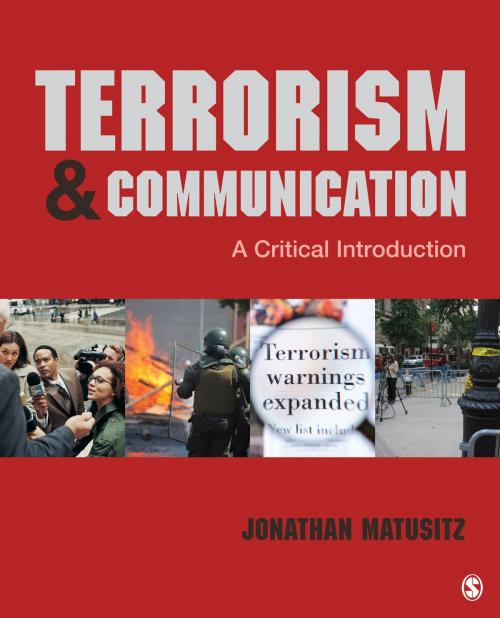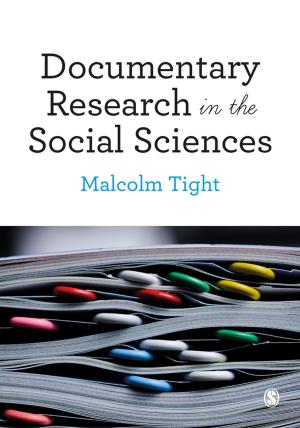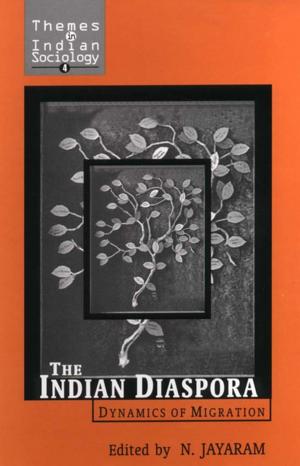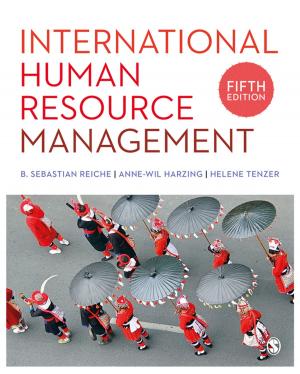Terrorism and Communication
A Critical Introduction
Nonfiction, Reference & Language, Language Arts, Communication, Reference| Author: | Jonathan Matusitz | ISBN: | 9781452289557 |
| Publisher: | SAGE Publications | Publication: | August 30, 2012 |
| Imprint: | SAGE Publications, Inc | Language: | English |
| Author: | Jonathan Matusitz |
| ISBN: | 9781452289557 |
| Publisher: | SAGE Publications |
| Publication: | August 30, 2012 |
| Imprint: | SAGE Publications, Inc |
| Language: | English |
Based on the premise that terrorism is essentially a message, Terrorism and Communication: A Critical Introduction examines terrorism from a communication perspective—making it the first text to offer a complete picture of the role of communication in terrorist activity. Through the extensive examination of state-of-the-art research on terrorism as well as recent case studies and speech excerpts, communication and terrorism scholar Jonathan Matusitz explores the ways that terrorists communicate messages through actions and discourse. Using a multifaceted approach, he draws valuable insights from relevant disciplines, including mass communication, political communication, and visual communication, as he illustrates the key role that media outlets play in communicating terrorists' objectives and examines the role of global communication channels in both spreading and combating terrorism. This is an essential introduction to understanding what terrorism is, how it functions primarily through communication, how we talk about it, and how we prevent it.
Based on the premise that terrorism is essentially a message, Terrorism and Communication: A Critical Introduction examines terrorism from a communication perspective—making it the first text to offer a complete picture of the role of communication in terrorist activity. Through the extensive examination of state-of-the-art research on terrorism as well as recent case studies and speech excerpts, communication and terrorism scholar Jonathan Matusitz explores the ways that terrorists communicate messages through actions and discourse. Using a multifaceted approach, he draws valuable insights from relevant disciplines, including mass communication, political communication, and visual communication, as he illustrates the key role that media outlets play in communicating terrorists' objectives and examines the role of global communication channels in both spreading and combating terrorism. This is an essential introduction to understanding what terrorism is, how it functions primarily through communication, how we talk about it, and how we prevent it.















